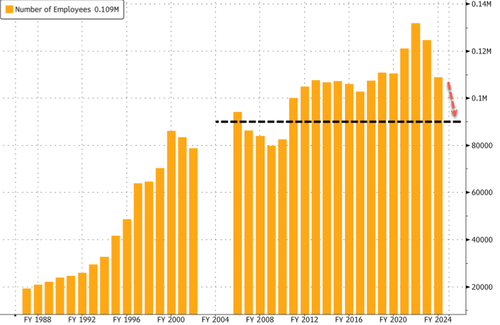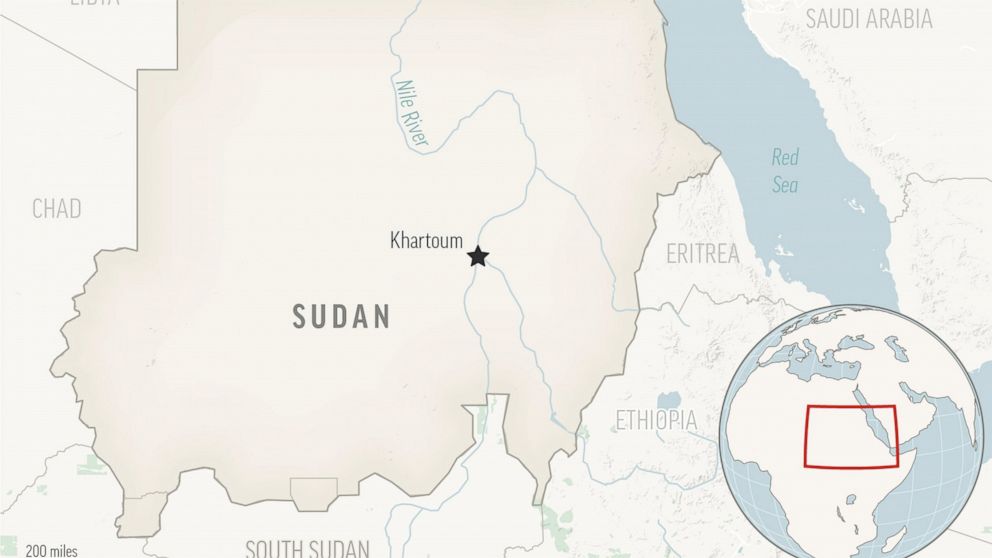Russia’s invasion of Ukraine has upset multiple arrangements and intensified economic instability across the global economy. The geopolitical fault-lines it has exposed has spawned an odd by-product: it is animating a race among nations to launch central bank digital currencies (CBDCs), some with unique characteristics which could have interesting consequences for the future of money.
According to think-tank Atlantic Council, about 105 nations representing 95% of global output are currently exploring the possibility of launching their own CBDCs, compared with only 35 in May 2020. Interestingly, 11 countries have already launched CBDCs— Nigeria, Bahamas, Jamaica and seven of the eight East Carribean member states. These are fully launched CBDCs, available to all citizens. The Reserve Bank of India (RBI) recently released a concept note as a precursor to launching its own CBDC, the digital rupee. The concept note provides a broad overview of the digital rupee and its various features. It might then be instructive to examine the compulsions to own a CBDC, some of which are certainly country-specific in nature, but, in large part, have a common thread running through them.
Most island nations adopted CBDCs to overcome logistical challenges of moving currency from one island in the archipelago to another and ease transaction efficiency. In addition, as per some reports, the desire to launch CBDCs could have sprung from a probe by the Financial Action Task Force (FATF) into only a handful of Caribbean nations for suspected money laundering which led US-based banks to snap correspondent banking ties with banks across the region. With the region’s currencies dollarized and economies reliant on remittances, the FATF’s looming shadow has spelt problems for banks and financial stability.
But in most cases, financial inclusion is a driving force because CBDCs can obviate the need for the excluded to open bank accounts and join the formal financial system. This was brought home during the pandemic, when governments across the world provided extensive fiscal and monetary support and the idea of a CBDC may have occurred in response to last-mile problems in delivering assistance to eventual beneficiaries. Also, as payment systems become overwhelmingly digital, with many alternative instruments vying for attention, a CBDC provides a publicly available and safe transactional platform.
Another popular reason is the threat that emerging crypto-products pose to monetary systems and financial stability. In the balance between the convenience of transacting with crypto-products vis-à-vis cash, and its inherent volatile and unstable characteristic, a CBDC seems to provide a better option: apart from both convenience and stability, it has official backing. Nigeria’s e-Naira was ostensibly launched to reverse the growing adoption of crypto-products for private transfers which had led to increasing banking disintermediation in the country.
Finally, the Russia-Ukraine skirmish and the US’s aggressive use of economic sanctions seems to have also imparted additional momentum to the CBDC race. The risk of unilateral, punitive sanctions and its deleterious economic consequences has impelled many countries to start exploring cross-border CBDC options. According to Atlantic Council, as of June 2022, there were nine cross-border wholesale CBDCs in the works.
For example, both the mBridge project (being developed among the Hong Kong Monetary Authority, Bank of Thailand, BIS Innovation Hub, People’s Bank of China and Central Bank of UAE) and Project Dunbar (under the aegis of the Monetary Authority of Singapore, Reserve Bank of Australia, Central Bank of Malaysia, South African Reserve Bank and BIS Innovation Hub) are testing prototypes where commercial banks of participating countries can settle cross-border transactions in their respective CBDCs without having to go through intermediate currencies, which in most cases is the US dollar.
The wild card here is China, which was the first to launch a pilot project for its retail CBDC and is now focused on launching cross-border CBDCs. Russia’s aggression, China’s challenge to a unipolar world and the CBDC-inspired threat perception to the dollar’s supremacy has forced the US to shed its previous ambivalence to CBDCs. However, there seems to be some residual resistance in the US Federal Reserve, with board member Christopher Wallace recently stating that, “The factors supporting the primacy of the dollar are not technological, but include the ample supply and liquid market for US Treasury securities and other debt and the long-standing stability of the US economy and political system. No other country is fully comparable with the United States on those fronts, and a CBDC would not change that.”
One irony is already rearing its head: multiple CBDC technology platforms in the pipeline could render global interoperability a nightmare, thereby reinforcing the dollar’s status as a default reserve currency.
So, where does RBI stand in all this? The central bank’s concept note is non-committal, but it does promise to implement a CBDC gradually—through phased implementation, allowing it to test multiple technology options—before settling on the final architecture. This has an attendant benefit: given the tremendous flux in CBDC development globally, RBI will get the time needed to finalize its strategy as the chips fall where they may across the world.
Rajrishi Singhal is a policy consultant and a senior journalist. His Twitter handle is @rajrishisinghal.
Download The Mint News App to get Daily Market Updates.
More
Less















